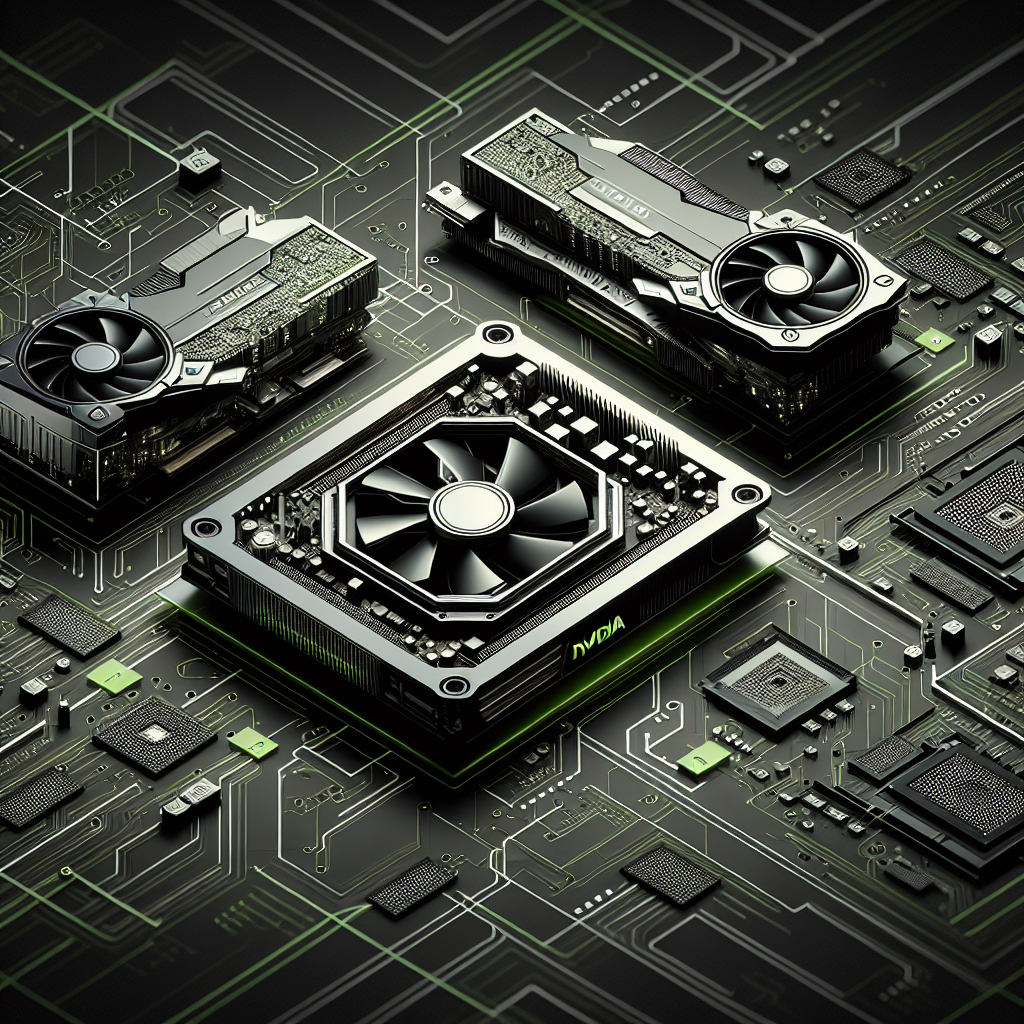Your cart is currently empty!
Innovations in GPU Computing: An Overview of NVIDIA CUDA

In recent years, there has been a significant increase in the use of GPU computing for a wide range of applications, from scientific research to artificial intelligence. One of the leading technologies driving this trend is NVIDIA CUDA, a parallel computing platform and programming model that enables developers to harness the power of NVIDIA GPUs for general-purpose computing.
CUDA, which stands for Compute Unified Device Architecture, was first introduced by NVIDIA in 2006 and has since become the de facto standard for GPU computing. It allows developers to write programs that run on the GPU, taking advantage of its massively parallel architecture to accelerate computations that would be slow or impossible on a traditional CPU.
One of the key innovations of CUDA is its ability to offload computationally intensive tasks from the CPU to the GPU, allowing for significant performance improvements. This is particularly useful for applications that require large amounts of parallel processing, such as scientific simulations, image processing, and deep learning.
Another important feature of CUDA is its support for high-level languages such as C, C++, and Python, making it accessible to a wide range of developers. This has helped to democratize GPU computing, allowing researchers and engineers from various fields to take advantage of the power of NVIDIA GPUs.
In addition to its programming model, NVIDIA has also developed a range of tools and libraries to support CUDA development. These include cuBLAS for linear algebra operations, cuDNN for deep learning, and cuFFT for fast Fourier transforms, among others. These libraries provide pre-optimized functions that allow developers to easily incorporate GPU acceleration into their applications.
Overall, NVIDIA CUDA has revolutionized the field of GPU computing, making it easier and more accessible than ever before. Its innovative programming model, support for high-level languages, and extensive library of tools have helped to drive the widespread adoption of GPU computing across a wide range of industries.
As the demand for high-performance computing continues to grow, it is clear that innovations in GPU computing, such as NVIDIA CUDA, will play an increasingly important role in driving advancements in technology and science. Whether it is accelerating scientific simulations, training deep learning models, or processing large datasets, CUDA is sure to remain at the forefront of GPU computing for years to come.

Leave a Reply